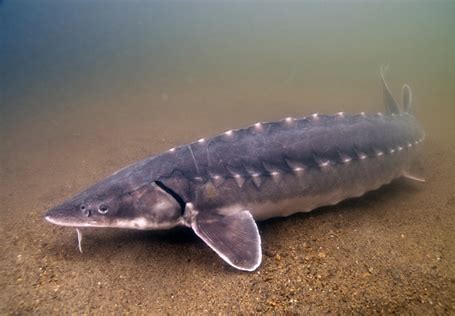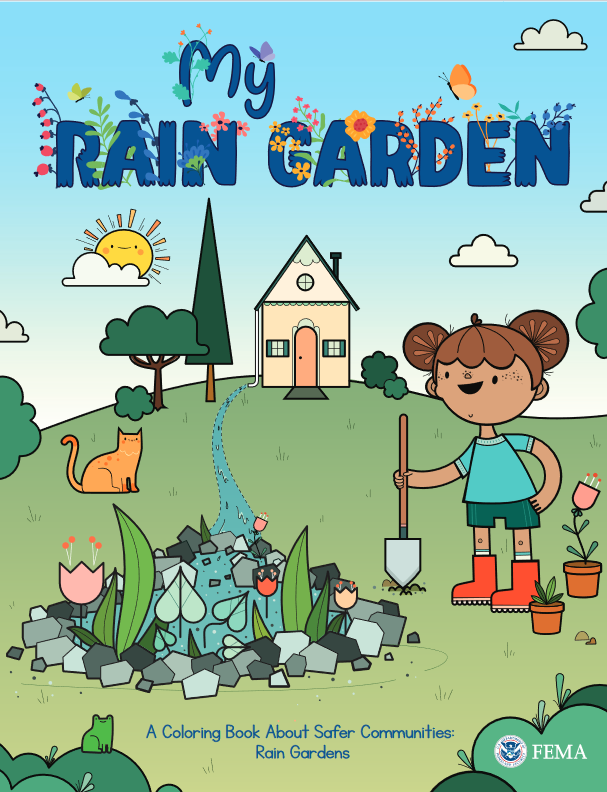Continuously updated, we've collected reports, blogs, webinars, external sources and other resources to help support the pursuit of nature-based solutions.
Mitigation Planning
Hazard mitigation, including nature-based solutions, is most successful when it is coordinated with other plans, policies, and decisions. This includes your community’s hazard mitigation plan.

For more information on how to create or update your mitigation plan, visit the Mitigation Planning Program.
Multimedia
- Blog: Four Nature-Based Solutions to Consider Implementing for Earth Day
- Report: Mitigation Action Portfolio
- Webinar: The Role of Nature-Based Solutions in Mitigation and FEMA's Strategic Vision
Floodplains and Wildlife Conservation

Communities can learn about opportunities to reduce flood risk and lower community flood insurance premiums while enjoying the benefits of naturally functioning floodplains, such as the conservation of habitat essential for threatened and endangered species.
For Kids
FEMA’s “My Rain Garden” coloring book is a great way to introduce children to the idea of nature-based solutions through narrative, pictures and activities. This coloring book is part of the “Safer Communities” series that teaches children ages 4 to 7 about mitigation solutions in a fun and easily understandable way.
Partner Resources
Learn more about nature-based solutions from some of our partners.
The Nature Conservancy
Developed by The Nature Conservancy, the Promoting Nature-Based Hazard Mitigation Through FEMA Mitigation Grants guidance document is intended for stakeholders pursuing FEMA HMA grants for nature-based solutions to mitigate risks associated with flooding (riverine and coastal) and wildfire. An approved mitigation plan is a requirement to apply for and/or receive certain FEMA assistance.
Environmental Protection Agency
The Environmental Protection Agency hosts a Green Infrastructure Webcast Series that supports implementation of nature-based solutions. Their Green Infrastructure website also provides a significant number of valuable resources.
Additionally, the EPA has also released the Bioretention Design Handbook. The handbook was developed to inform practitioners about the latest approaches and lessons learned for bioretention design, construction, inspection, and operation and maintenance.
National Oceanic and Atmospheric Administration
The National Oceanic and Atmospheric Administration (NOAA) offers several educational opportunities.
- Nature-Based Solutions for Coastal Hazards training helps prepare coastal planners and managers for planning and implementing green or natural infrastructure projects to reduce coastal natural hazards in their communities.
- Nature-Based Solutions: Benefits, Costs, and Economic Assessments offers quick references on nature-based solutions, ecosystem services, installation and maintenance costs, and tips for assessing the costs and benefits of reducing coastal hazard impacts.
- Coral Reef Restoration for Risk Reduction (CR4): A Guide to Project Design and Proposal Development outlines key steps for project development and information sources available to support federally funded coral reef restoration projects.
- Additional resources can be found on NOAA's Natural Infrastructure webpage.
U.S. Army Corps of Engineers
Led by the U.S. Army Corps of Engineers and their Engineering with Nature® program, The International Guidelines on Natural and Nature-Based Features for Flood Risk Management provide practitioners with the best available information concerning the conceptualization, planning, design, engineering, construction and maintenance of NNBF to support resilience and flood risk reduction for coastlines, bays, and estuaries, as well as river and freshwater systems.
The Guidelines are the culmination of a five-year collaboration between NOAA, USACE and many international partners, including more than 175 international authors and contributors from more than 75 organizations and 10 countries.



